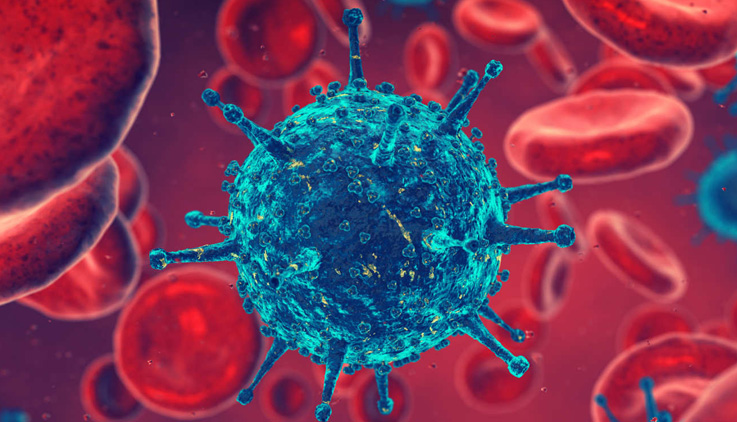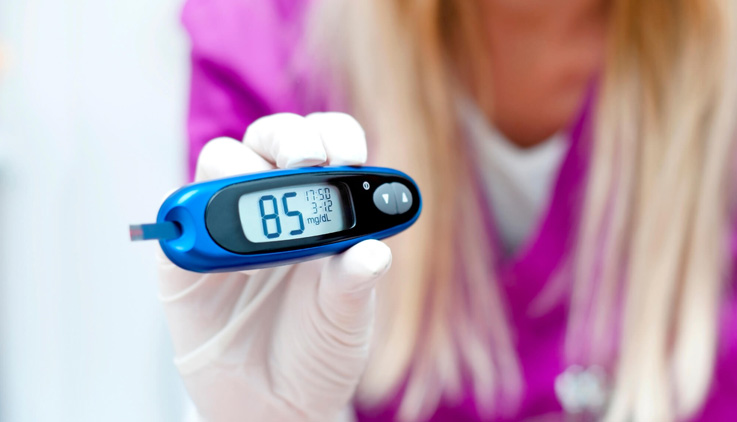Infectious diseases and specific pathogens are detected by the use of diagnostics. Diagnostics play an important part in the clinical care of patients by helping discover pathogens and determining appropriate therapy while monitoring the response to therapy and assessing further prognosis.

Earlier, diagnostics were not being integrated into clinical care optimally. This was mainly due to the lack of availability and access to appropriate diagnostics. Healthcare providers are more knowledgeable and experienced now to provide diagnostic services. This has increased the number of places providing diagnostic services over the past few years. Further integration of diagnostics is taking place as there is a rise in awareness of the public, as to the importance of public health and patient care.
The goal of diagnostics is to detect the infection’s source and then provide an appropriate response. These days, we have better microscopes and stains but our culture methods and standard microscopy hasn’t changed much. Recent technologies have brought us multiple advances in the diagnosis of infectious diseases.
The main reason why diagnostics is evolving is due to the major advances in Immunology, Molecular Biology, Chemistry, Engineering and so on.

Now a specific etiology of patient’s infectious disease can be determined in a clinic, office, home or even in a remote location. A wide variety of specimens can be taken now from urine, tissue, blood, mucosal swabs, respiratory secretions, stool samples or cerebrospinal fluid.
Until a few years ago, the societal and medical benefits of diagnostics tests were overlooked. The tests have recently gained popularity as they not only improve the patient’s care but also protect consumer health and limit health care spending. Healthcare spending is a major economic issue in almost every country.

Diagnostics tests these days can detect a disease more rapidly at an early stage even before any signs of symptoms occur. Diseases can therefore be determined earlier which can help save lives. Doctors can choose targeted and effective treatments that are often less invasive.
The patients can now be monitored effectively and this helps greatly in managing chronic diseases and in estimating the patient’s prognosis.
Companies that work for food processing, pharmaceuticals and cosmetics can use specific diagnostic tests to check the quality of their products and the environment where they’re manufactured. This is also a form of a diagnostic test. It helps protect overall public health and acts as a quality control tool so only safe products go out into the market. Infant formulas and vaccines can be taken as an example.
Have you heard of an IVD? (In Vitro Diagnostic Device)
IVDs are devices or accessories that can test samples such as urine, blood or tissue in order to detect infections, diagnose conditions, prevent diseases and monitor certain drug related therapies.
IVDs can be simple tests or highly sophisticated DNA technology that includes kits, software and other instruments.

Today’s world is seeing a rapid growth of IVDs demand in the global healthcare industry. This is due to the need for better diagnostic tools and treatment monitoring techniques. This technological advancement brings significant value to the process of treatment, diagnosis and public well being.
The reason why IVDs are on the rise is mainly due to the fast growth of developing nations and the increased focus on chronic conditions. Patients are more aware of genetic conditions now and those who feel at risk will surely opt for a diagnostic test to link genes and disease risk. Another major factor is globalization and worldwide privatization of healthcare.
Recently, the emerging IVD markets seem to be Brazil, India, Africa and China. They demand more healthcare services.
With improved diagnostics, people spend less money on healthcare. When they already know what ails them, they need not refer to many doctors and try many different treatments. In least amount of time, they can be cured, reducing the risks of trial-and-error treatments.
For instance, let’s consider Hematology – the branch of medicine concerned with the study, diagnosis, treatment, and prevention of diseases related to blood. When it comes to infections, cancers and autoimmune diseases, Erythrocyte Sedimentation Rate (ESR) plays a key role. This relatively simple, inexpensive, non-specific test has been used to detect inflammation and various other conditions associated with it. An ESR is typically conducted along with various other tests as this does not allow the health practitioner to identify where the inflammation is in the body. Also an ESR can be affected by several other conditions besides inflammation.

